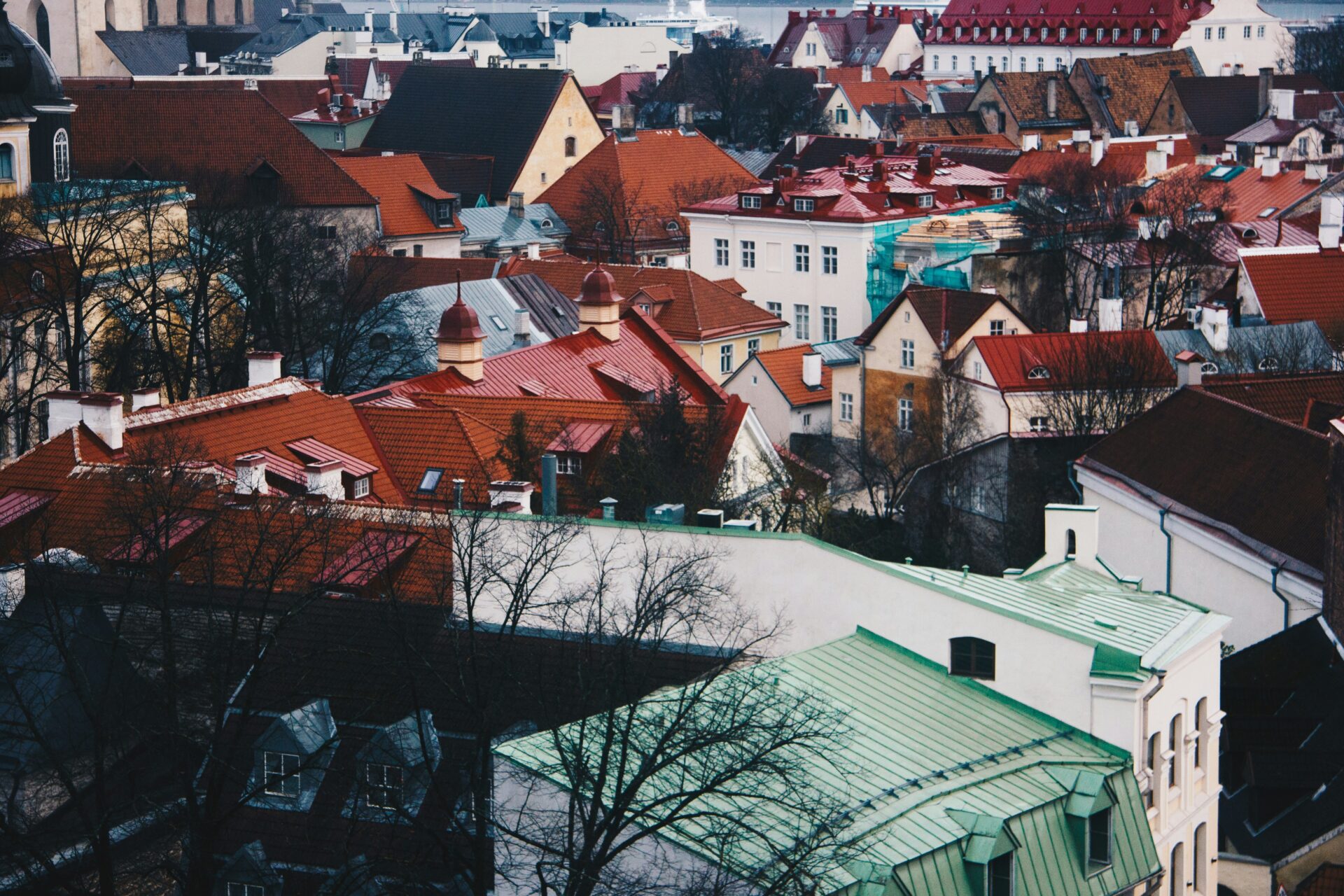In Politics and Gender, Philipp Köker, Nele Weiher, and Anja Schollmeyer ask what the bestowal of awards can tell us about socio-political phenomenon. Their answer in a recent paper? Quite a bit, in fact.
They looked at data on the 11,559 recipients of civil awards from all three Baltic states — Estonia, Latvia, and Lithuania — from 1994 to 2020. Women received fewer awards than men, the authors found, and progress toward a smaller gender disparity over time was moderate.
Even when awards went to women at equal rates, the “higher classes” of awards still included fewer women. In Estonia, for instance, 27 men won “the highest classes of all orders,” while only eight women received the same distinctions. “Furthermore,” they write, “no woman ever received the highest class of the Order of the National Coat of Arms.”
As far as recognition goes, women largely remain in traditionally feminine-coded spheres, such as education, social services, and health. And even in these fields, women tended to receive lower classes of awards than men. The authors do point out that “even though women present a large proportion of those engaged in this type of work, men tend to achieve and hold leadership positions and receive more prestigious awards.”
Further, almost half of the awards in Lithuania that went to women were for the category of “motherhood.”
“Systematically Undervalued”
The authors argue that the gender gap in state recognition is problematic for a few reasons, including that the government passes on status and symbolic capital when giving a person an award. The discrepancy in state awards, they argue, shows the way society “systematically” undervalues the contributions of women.
The authors argue that the gender gap in state recognition is problematic for a few reasons, including that the government passes on status and symbolic capital when giving a person an award.
The authors felt that the focus of previous research on this subject on constitutional monarchies in the British commonwealth meant that “we still know very little about whether systems of state decorations in modern republics exhibit the same disparities.”
And so their article sought to present “the most comprehensive cross-national comparative analysis of the gender gap in state decorations to date.”
The authors feel that their findings “not only corroborate the validity of state decorations as an indicator of institutionalized gender inequalities and the role of women in society,” but also add to debates about how to work toward gender parity in awards.
They also think that, since their findings corroborated earlier research on other cases, “by focusing on key elements of state decorations systems, patterns in the awarding of decorations can be used as a reasonably standardized and valid indicator of some political phenomena that are otherwise difficult to measure in cross-national comparison.”
Thus, they feel that future research should focus on areas where researchers have already engaged with the subject of state awards (as an example, they suggest “a more quantitative approach using data on the number of decorations exchanged between countries over time”).




















